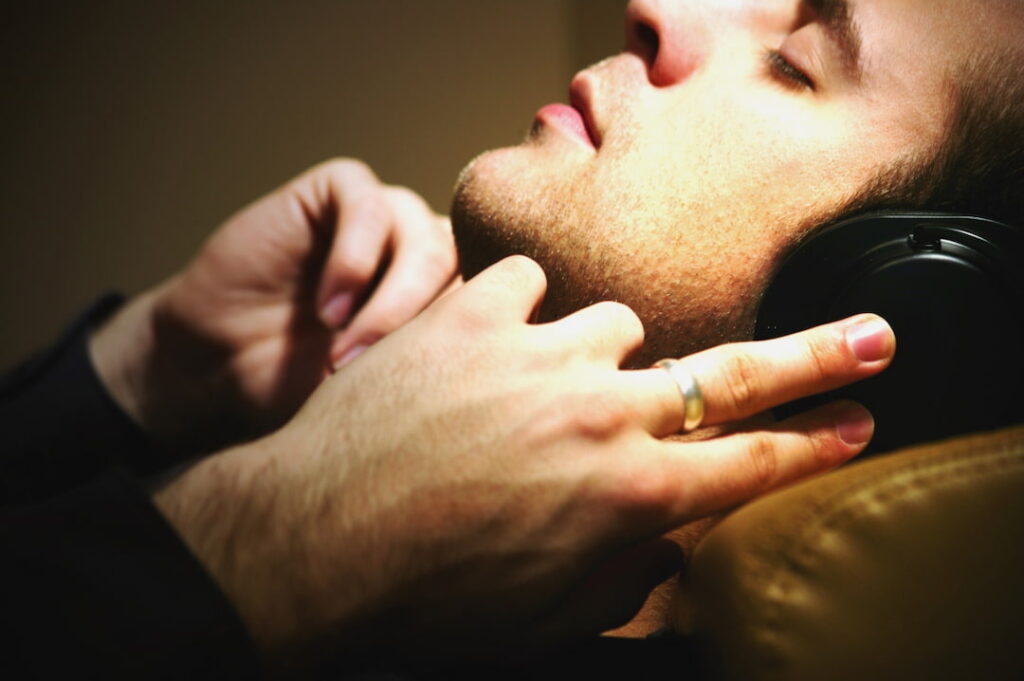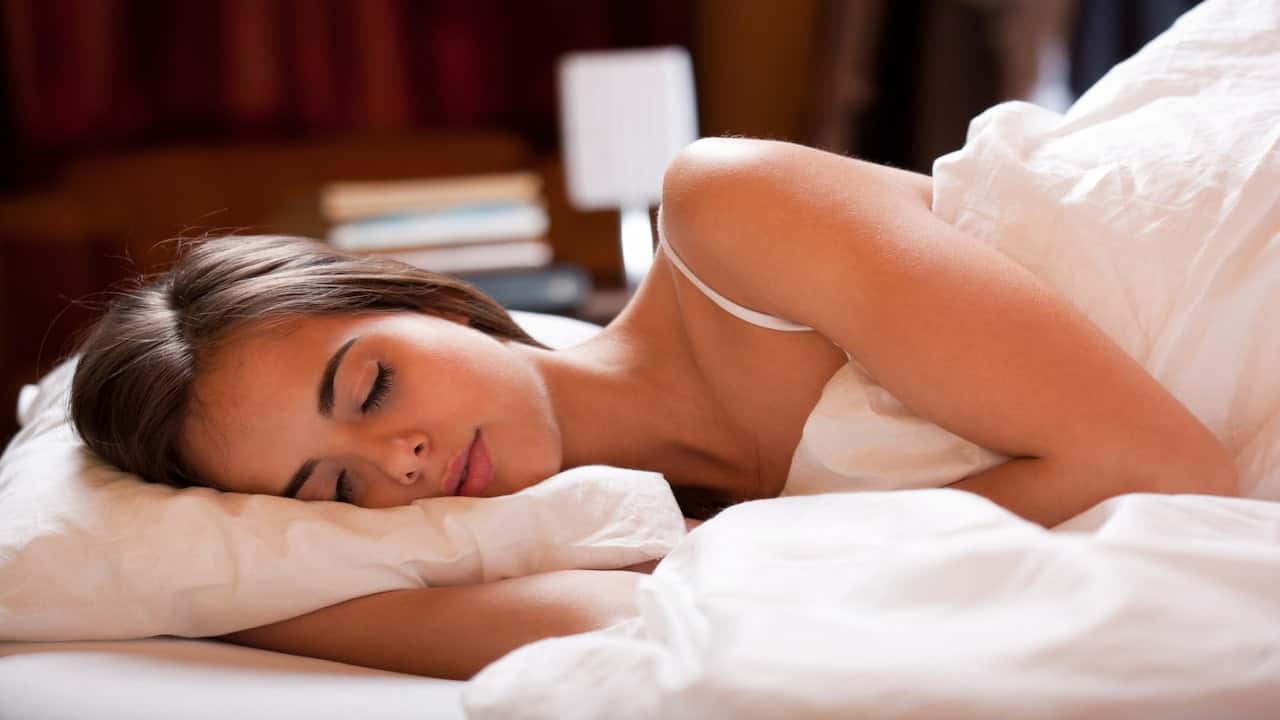Studies have shown that people do not just need an average of 8 hours of sleep each night, but the quality of restful sleep also plays a big part. To determine if one’s sleep is “quality,” a person’s body must go through the different sleep stages from REM (rapid eye movement) to deep sleep.
When our body is in a deep sleep, the brain encourages learning and long-term memory. The body develops important hormones (like human growth hormone), regenerates cells, restores energy (see ‘Hypnosis for Energy‘), strengthens the immune system, and rejuvenates tissues, muscles, and bones. So no wonder many people try to fix their sleep patterns when they’re trying to get healthy (see also ‘Hypnosis for Health‘).
If you’re looking for a life-changing way to fix your sleep, self-hypnosis for deep sleep could be the solution you need (check out ‘Hypnosis for Snoring‘, as well). But before I discuss how to achieve this, you have to be ready to invest some time and effort to the treatment.
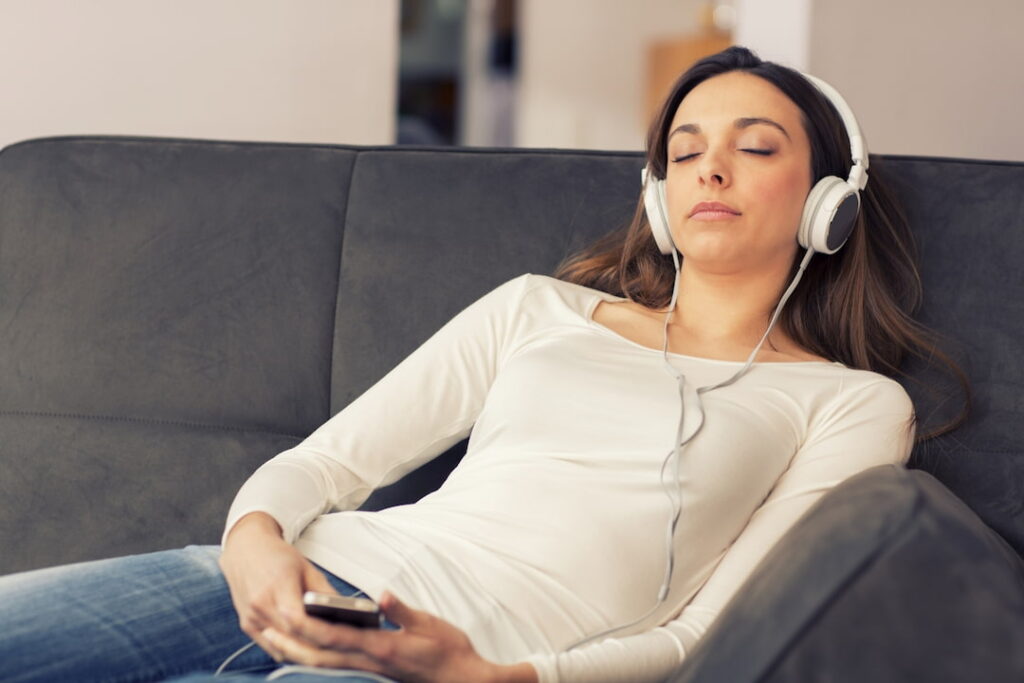
What is Self Hypnosis for Sleep?
When you are in a hypnotic state, you experience focused attention, deep relaxation, and increased suggestibility. An insomniac person can use self-hypnosis techniques to force themselves to relax or fall asleep (see ‘Hypnosis for Insomnia‘). Sometimes, hypnosis is used to promote longer sleeping hours or reach deep sleep.
Contrary to popular belief, a person isn’t asleep when he/she is put under hypnosis. Instead, the person continues to be awake but focused in a trance-like state.
Sleep hypnosis follows the same steps as hypnotherapy and involves therapeutic suggestions targeted to sleep.
How to Perform Self-Hypnosis for Deep Sleep
Self-hypnosis is not for everyone. It takes skill and practice to arrive at this stage and develop the ability to focus yourself at will. Many people who perform sleep self-hypnosis have gone through sessions upon sessions with a therapist before having the confidence to do it themselves.
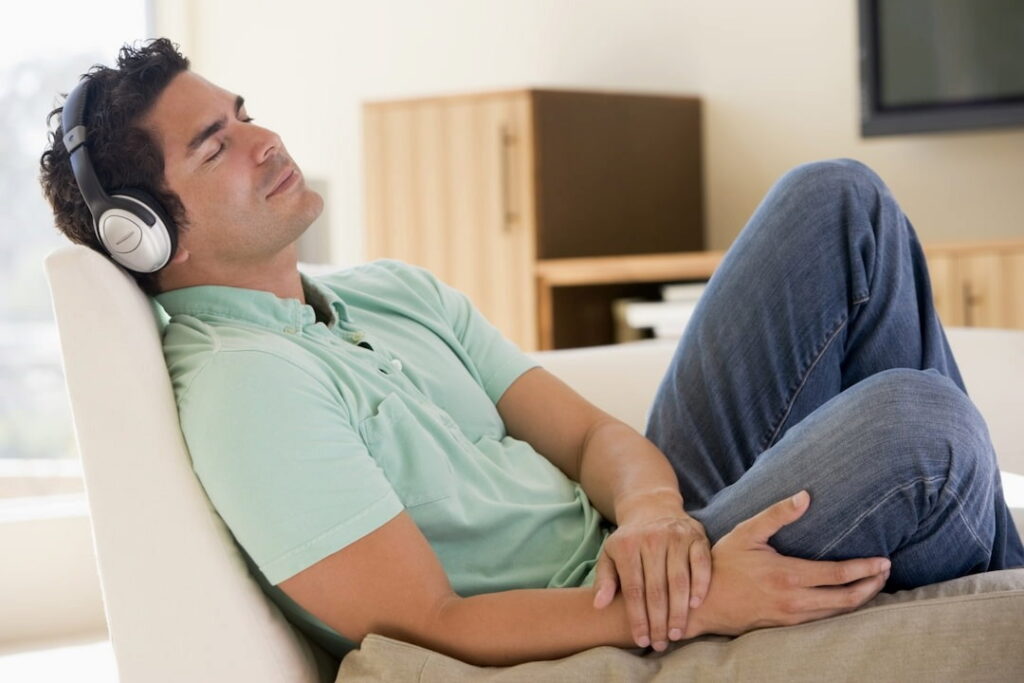
If you’re ready to begin practicing sleep self-hypnosis, start with the following information:
1. Choose a comfy spot.
This can be your favorite work chair, a spot on the couch, or your own bed. Any place you can relax completely is the perfect spot to do this.
2. Perform hypnosis induction.
The hypnotic induction is a series of easy-to-do tasks that encourages a person to enter a state of higher suggestibility. The tasks can be as simple as a hand floating upward, focusing on breathing, or releasing tension in every part of the body from head to toe.
The tasks you should include depends on your susceptibility to suggestions.
3. Visualize calming thoughts.
Imagery is a huge part of any kind of hypnosis program. The image would depend on what you think is a calming thought or image. It can be the face of your newborn or how your favorite lake getaway looks like during sunrise. The imagery you use must be a personal choice and not something you’ve seen other people use for visualization.
4. Deepen your focus.
After a few minutes of visualization, your mind will tap into an escalating level of focus. Take advantage of that focus and deepen it further until your reach a trance-like state.

5. Introduce a suggestion.
Suggestion referred here is a clear statement that you tell yourself about how to feel, what to do, or what images to visualize.
Because your goal is to fall asleep fast or end up with deep, restful sleep, the suggestion, you should introduce focuses on this issue. For some, visuals like fish going deeper into the water or sheep jumping on a cloud could be the suggestion to encourage sleeping. For others, visualization of when they used to sleep easily in an earlier period of their lives can be a useful technique.
6. End hypnosis.
If you practiced self-hypnosis just before bed, you don’t need to “end” the session.
If you don’t want to sleep immediately after self-hypnosis, return to your usual level of alertness. You can do this by counting backward and telling yourself that you are becoming more aware of your surroundings.
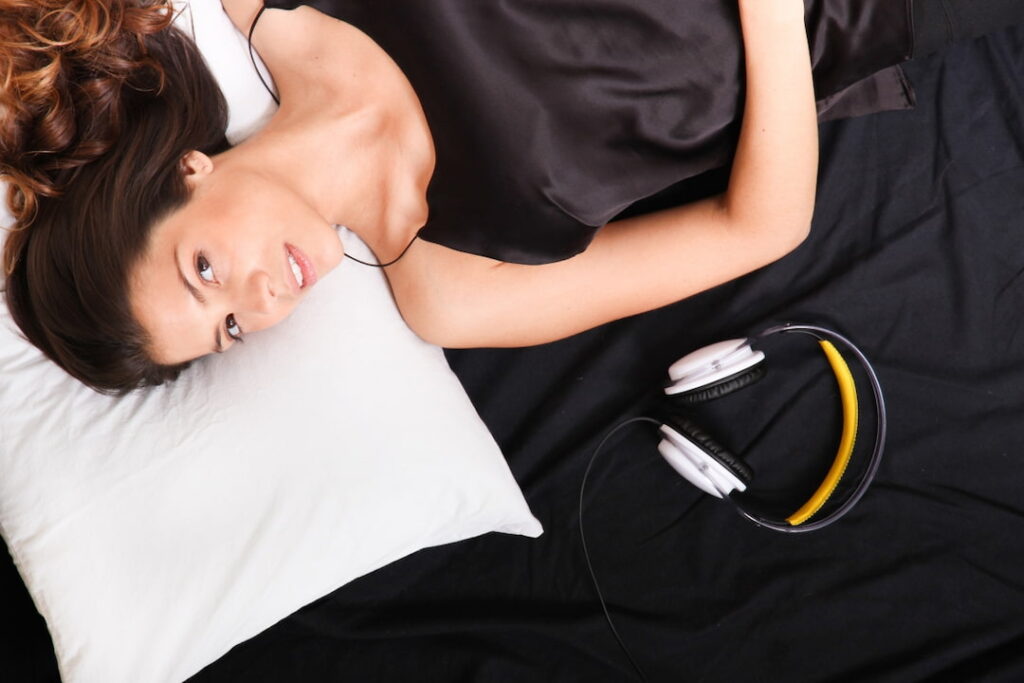
What Are the Best Hypnosis Tools for Sleep?
If possible, visit a therapist trained in clinical sleep hypnosis and let him/her help you through a couple of sessions. Then, once you feel more confident in doing it at home by yourself, you can use alternative hypnotherapy with guided hypnosis, wherein you use one or all of the following effective tools:
- Audio: Even before sleep-help apps had been developed, people were using audio recordings for relaxation. They used to be saved on CDs, and people listen on CD players, the car sound system, and other similar devices. Today, listening to your preferred content is easier because you can find good sleep hypnosis audio even on Spotify, YouTube Music, and other new and modern resources (see ‘Best Self Hypnosis Audios‘).
- Apps: Mindset is one of the more popular sleep hypnosis apps around, and it has been the go-to help of millions of sleepless people around the world. Today, you have the option to select from a bunch more renowned apps, such as Hypnobox, Digipill, Harmony Hypnosis Meditation, Anxiety-Free, and Relax & Sleep Well Hypnosis.
- Sleep Program: There are many online sleep programs developed that combine different kinds of content (music, books, new media, plus online therapy). The help you get from such programs can be effective if self-hypnosis is easy for you.

Like everything else in hypnotherapy, you have to find out what works best for you. Be patient. It would take time to try out a new technique, app, or program, but the results are worth all your effort.
Is It Bad to Hypnotize Yourself to Sleep?
Based on expert recommendations, it is ideal to start your journey to deep sleep with the help of well-trained health professionals. They can help you with your relaxation and meditation techniques or help create a customized plan to meet your goals.
This doesn’t mean self-hypnosis is less effective than in-person hypnosis. There are many studies that show people are freed from insomnia and enjoy results that last after using audio recordings, apps, or videos.
During busy days and nights when you can’t meet your next appointment date with your therapist, it is good to have an at-home option. When you include guided hypnosis into your customized program, you are able to train your mind with relaxation exercises.
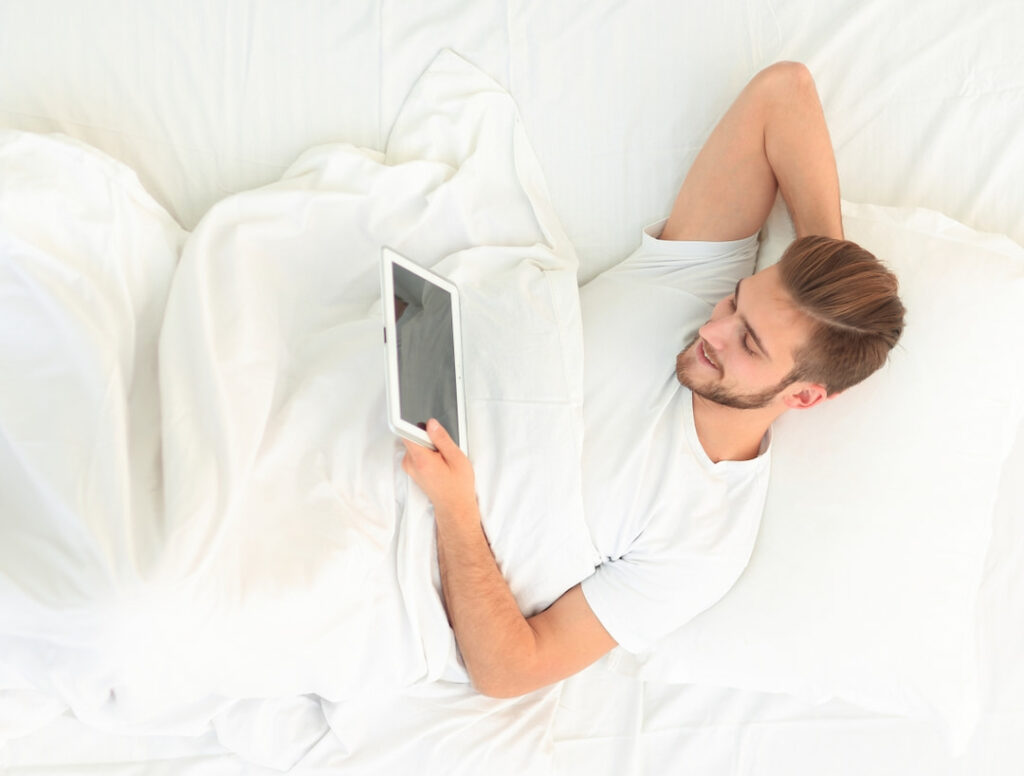
Other Techniques to Get Deeper Sleep and Break Free from Insomnia
The effectiveness of hypnotherapy and sleep hypnosis varies between people. Some are not even susceptible to being hypnotized, so it is possible that other people do not get the same positive results as you.
Fortunately, you may incorporate other natural ways to achieve increased relaxation and bring your mind to a more peaceful location. These include:
- Creating a solid routine: Most of the time, people develop insomnia from bad sleeping habits. Making sure you stick to a strict sleep routine may help with your personalized program.
- Make your room conducive to healthy sleep: Reduce excessive lighting, bring the volume of your music down, fluff your pillows, change your bedsheets, or close your windows to control external noises. All of these may help make your space conducive to deeper sleep or a better sleeping habit.
- Learn how to wake up: Using a smartwatch or other device to wake you at optimal times (non-deep sleep) can help prevent the tiredness and grogginess you normally experience from being awoken abruptly.
- Check your food and drink intake: Be aware of the number of caffeinated drinks you consume throughout the day. Slowly cut down caffeine or alcohol, especially in the afternoon and evenings.
- Cut down mental stimulation: If you’ve always used your phone or other electronic devices on the bed leading up to bedtime, try to change this habit and don’t touch your phone at least an hour before bed. To keep yourself from being tempted, you can even leave your gadgets somewhere else.
If none of these help you gain a better sleep, schedule a follow-up appointment with your therapist. He/she may help you develop a new approach and get you back on track.
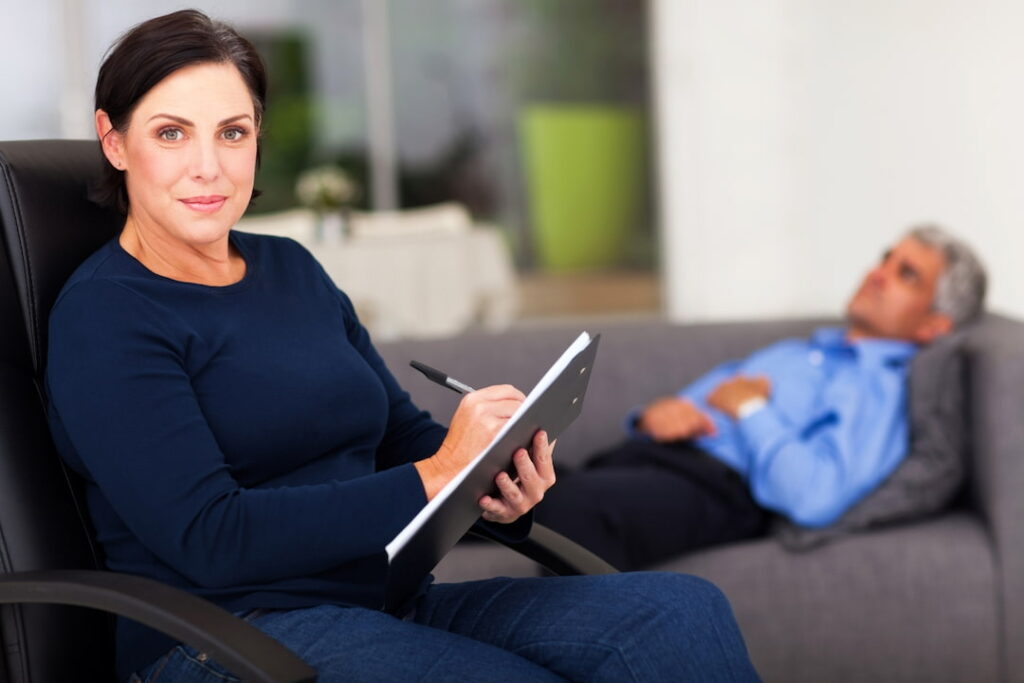
Get Deep Sleep Today for a Healthier Future
Insomnia isn’t just a problem of “now.” Yes, it can be debilitating to have a consistent lack of sleep, but this isn’t the only reason you should be dealing with bad sleeping patterns today.
There is plenty of information and studies to suggest that NOT getting quality, restful deep sleep has been linked to Alzheimer’s disease, diabetes, heart disease, and stroke.
Understanding the reasons for your insomnia and addressing it with sleep hypnosis today could prevent many serious conditions in your future.
Hypnosis for deep sleep isn’t guaranteed to work on everyone. But if you’re lucky to be one of the people who may achieve positive results this way, take advantage of it.
